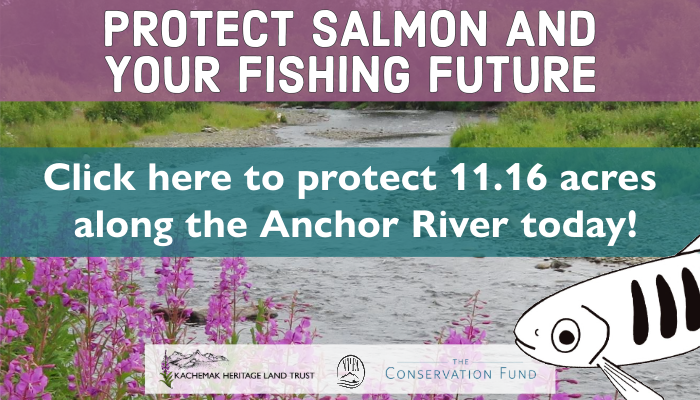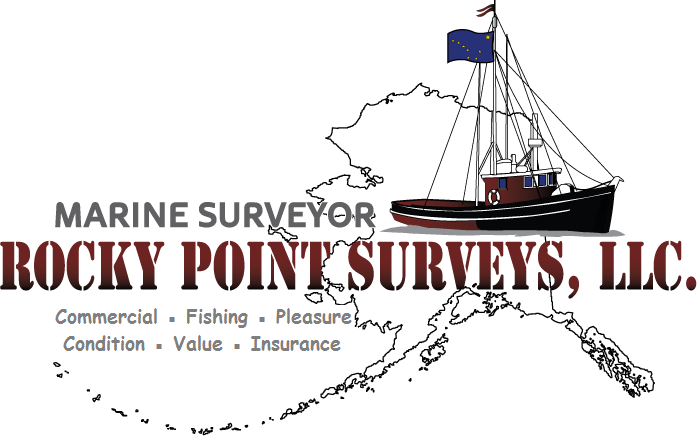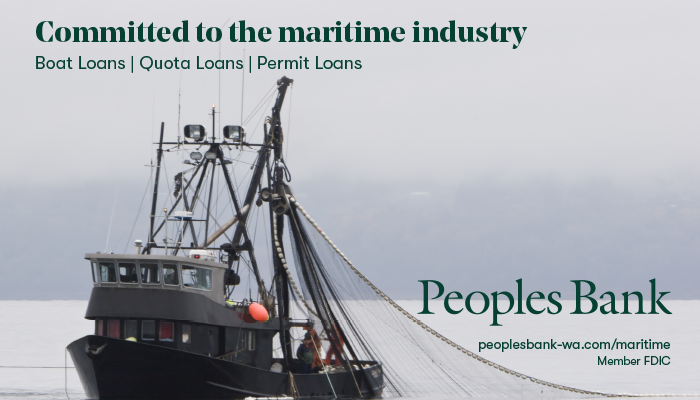Fish Factor by Laine Welch
April 9, 2021
Alaska fishermen displaced by the Covid pandemic are being recruited for seafaring jobs aboard U.S. cargo barges, tankers, towboats, military support vessels, research and cruise ships and more.
The Seafarers International Union (SIU) is searching nationally for 300 apprentice workers on the vessels they are contracted to crew. Recruiters tout Alaskans as being at the top of their list.
“The reason for that is people from Alaska come with a work ethic already. They've been working since they could stand up. And that's why they're so good,” said Bart Rogers, assistant vice president at the Harry Lundeberg School of Seamanship in Maryland that has trained mariners for the SIU for over 50 years.
“It’s very appealing to people who live in Alaska because they can sail in a safe environment, earn a very good wage, get benefits and medical coverage for them and their family, advanced training is guaranteed, then they can go back home and spend the money they make,” said Rich Berkowitz, vice president of Pacific Coast Operations at Seattle’s Transportation Institute who helps recruit and assess potential mariners, adding that it also includes options for veterans and Native hire.
Currently, the call is out to train workers for positions as Able Seafarer Deck, a qualification needed to sail internationally; chief cooks and stewards. The training programs vary from several months to a year, Rogers said, adding that there is no tuition to attend the school but does require some incidental costs.
Berkowitz pointed out another lure for Alaskans. After they’ve made it through the training and onto the ships, they can schedule trips that still let them go fishing.
“Let's say they're in hospitality trades, they can work a good portion of the cruise season and then spend three or four months working in a fishing season.” he said.
Ralph Mirsky, director of Ketchikan-based, nonprofit Sealink has recruited nearly 600 Alaskans to the maritime trades over 20 years.
“And the reason for that is real simple,” he said. “They make a lot of money in a short period of time, and they can still do what they want at home.”
Women comprise about 15% of the U.S. seagoing workforce, estimated at 14,000.
“There's at least two or three in every class,” Bart Rogers said. “And don't get me wrong, but the women are smarter and work harder than the men all day long.”
Berkowitz added that Alaska gets an economic lift from its residents working in maritime trades.
“All the time on planes in Seattle I see oil workers flying back and forth to Alaska from Montana or Texas to work two weeks on and off on the slope. What we're doing is the opposite,” he said. “We're flying Alaskans Outside where they make all their money and then they bring it back. They’re not spending anything while they're on the vessels. So this is a net contributor to the state's economy, rather than a drain on it.”
Learn more at https://mymaritimecareer.org/
Fishing updates – It’s hard to believe, but in little more than a month, Alaska’s salmon season will officially get underway when sockeyes and Chinook return to the Copper River near Cordova! Meanwhile, there’s lots of fishing action across the state.
It’s been slow going at Sitka Sound where about 20 seiners continue to tap on a 67 million pound herring harvest. A herring spawn on kelp fishery also is ongoing at Craig and Klawock with a nearly 38 million pound harvest, the highest ever. Kodiak’s herring fishery is ongoing with a 16 million pound catch limit.
Divers continue going down for over half a million pounds of geoduck clams. The sea cucumber fishery closed on March 31 with an allowable harvest of 1.7 million pounds.
A ling cod fishery opens in Southeast on May 16 with a 310,700 pound quota.
Prince William Sound’s popular pot shrimp fishery opens on April 15 with a 70,000 pound catch limit. The region also just wrapped up a small Tanner crab fishery.
Kodiak’s Dungeness fishery opens in one region on May 1 with another opener following in mid-June.
Cook Inlet opens for 150 tons of bait herring (300,000 pounds) from April 20 through May, and a smelt fishery opens on May 1 through June for 200 tons (400,000 pounds).
In the Bering Sea, crabbers had taken nearly 80% of their 40.5 million pound snow crab harvest, along with 62% of a 2.1 million Tanner crab limit and 80% of a six million pound golden king crab quota.
Fishing continues in the Gulf of Alaska and Bering Sea for pollock, cod, flounders and many other kinds of fish.
Sablefish (black cod) catches were approaching three million pounds out of a 43.4 million pound quota. Sitka was getting the most deliveries and paying nicely in five poundage categories: <2 $1.00, 2-3 $2.10, 3-4 $2.40, 4-5 $2.85, 5-7 $3.65, 7 ups $5.35 (h/t to the Fish Ticket by Alaska Boats and Permits).
Prices for halibut reached $6 at Homer and $6.15 at Seward, although catches remained sluggish. Landings finally topped one million pounds out of a 19 million pound catch limit with Juneau leading all ports for landings.
And after five years of talk, the North Pacific Fishery Management Council could tap the brakes on halibut taken as bycatch by 18 Bering Sea trawl catcher/processors that target flounders, perch and mackerel. The boats are required by federal law to toss all halibut overboard as a “prohibited species” catch.
Unlike other commercial, sport and subsistence users whose halibut catches fluctuate each year according to the health of the stock, the Seattle-based trawlers have a fixed bycatch cap of 7.3 million pounds. The Council will consider basing that bycatch cap instead according to annual halibut abundance levels.
Farewell to Phil – Lifelong Alaskan, friend and mentor Phil Smith died peacefully at his Juneau home on March 30, surrounded by his family. He was 78. Phil served on the Commercial Fisheries Entry Commission from 1983 to 1991. In 1995 NOAA Fisheries called on him to craft and implement Alaska’s first Individual Fishing Quota program for halibut and sablefish, a model for others to come across the U.S. Under his direction, a Subsistence Halibut Registration Certificate (SHARC) permit was created which enabled subsistence fishing for rural residents and Alaska Natives. Phil was invited to speak at international conferences to discuss that program and served as an expert for the U.N. advising Chile on its fisheries management reforms.
His positive impacts on Alaska’s fisheries management, among other things, will last forever. In the words of his son, Crispian, Phil’s unique combination of incisive intelligence, encyclopedic knowledge, and boundless love affected and inspired many. He will be deeply missed. Donations may be made to the Sitka Summer Music Festival or Veterans for Peace Chapter 100 scholarship fund at Juneau.
Heatwaves, algal blooms and birds, oh my! The Kodiak archipelago is featured at a virtual Marine Science Symposium set for April 19-22. Hosted by Alaska Sea Grant’s Marine Advisory program, it’s the 4th regional gathering that connects the island community to the science and research going on around it.
Keynote speaker is Dr. Steve Barbeaux of the Alaska Fisheries Science Center who will describe how unprecedented warming in the Gulf of Alaska caused a cod crash in 2018 and a fishery shut down in 2020, and how the stock might fair in a warming world.
Also on the agenda are brief talks on local subsistence harvests, harmful algal blooms, birds and crab. Register for free at www.alaskaseagrant.org.
Find more at www.alaskafishradio.com






